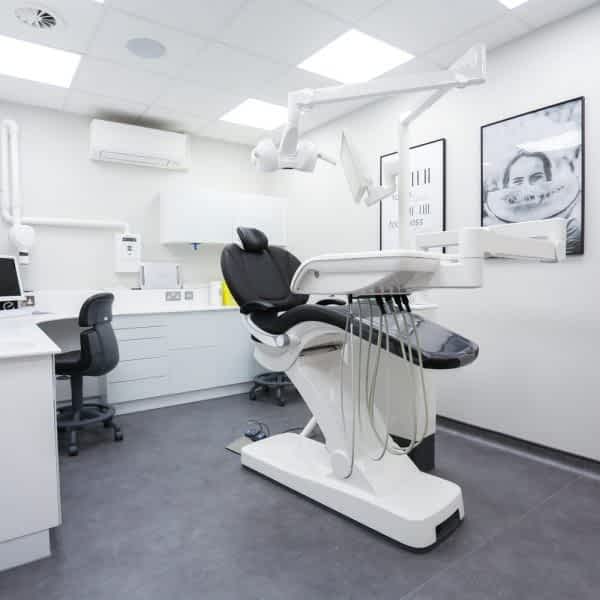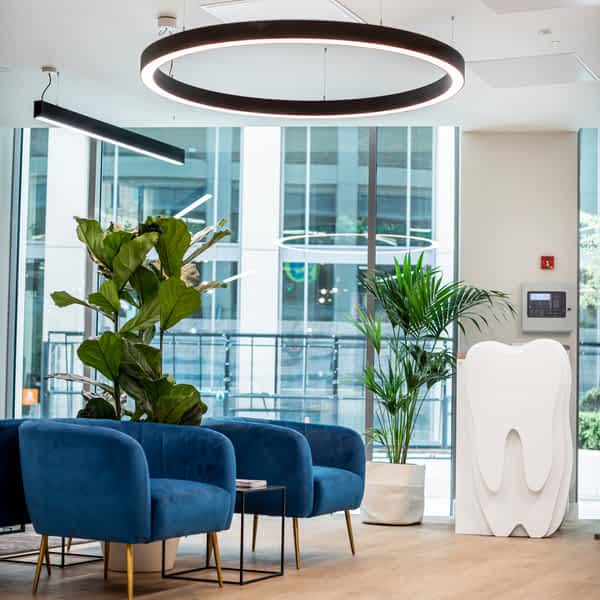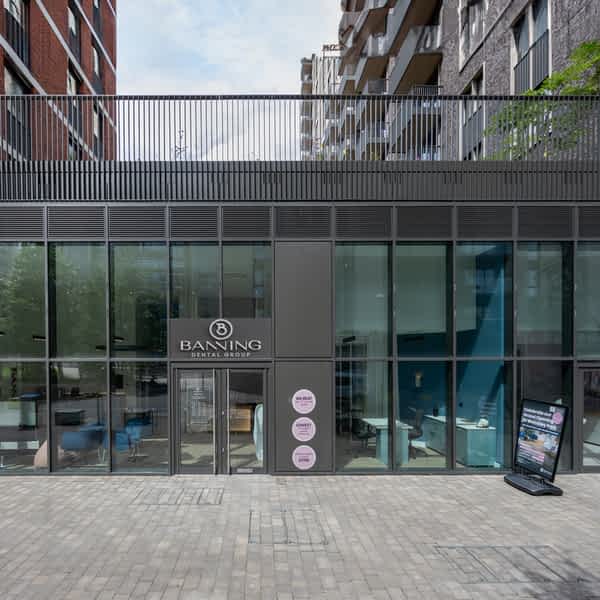Malocclusion of the Teeth: Types, symptoms and what to do about it!

Malo-what? Might be your first exclamation to your dentist after your recent consultation. It’s not a term you are likely to hear thrown around amongst your social group unless you happen to be friends with a dentist or orthodontist!
In simple terms, a Malocclusion is a medical term used to describe when the upper and lower teeth do not join or are not aligned when they bite together. It is a broad term to describe a number of different bite problems, which you may be more familiar with:
Overbite
An overbite is when your front teeth stick out too far over your lower teeth. It is quite common to have a slight overbite but may need to be corrected if it presents symptoms or is measured significant enough to cause problems in future.
Overjet
Often confused with an overbite, an overjet malocclusion is defined when the upper front teeth protrude outwards at an angle over lower teeth. The overjet bite has been known by derogatory ‘buck teeth’ name-calling, causing its sufferers to feel highly self-conscious of their appearance.
Underbite
An underbite understandably is the opposite of an overbite and will present itself with the lower teeth sitting further forward than the upper teeth. This is often due to misalignment of the lower jaw.
Overcrowding
If your mouth is overcrowded with teeth, due to there being more teeth than comfortably fit the jawline, this can also result in a bite problem/malocclusion.
Crossbite
A crossbite is described as a situation where when closing your jaws together, some of your upper teeth sit inside of your lower teeth. It needn’t affect the whole dental arch and may only be 1 or 2 teeth that are affected.
Spacing / Diastemata
If there is spacing or gaps between teeth, it may prevent your jaw from closing correctly due to the top and bottom teeth not being able to sit comfortably together.
Impacted
An impacted tooth is one which does not have the space to grow in the correct position or direction and as a result impacts on its neighbouring teeth. This, as a result, can lead to alignment issues as the surrounding teeth are having to adjust to accommodate the ‘erupting’ new tooth
What causes Malocclusion?
There is no one specific cause of Malocclusion, but several groups of influences that can result in a bite alignment problem.
Genetic
In many cases, a mouth suffering from Malocclusion is due to hereditary skeletal characteristics. If your parents suffered from overcrowding or an overbite due to a small jaw, then it is quite possible for you to inherit these features. There are also some congenital conditions that are present from birth but maybe not detectable until the teeth and jaw develop.
Behaviour
It won’t be the first time you’ve heard that thumbsucking or regular dummy use can alter the formation of a child’s mouth during development. This is a common cause of malocclusion in later life. Prolonged bottle-feeding can also be a contributing factor. Even later in life, certain repeated behaviours like nail-biting and pen biting can result in a bite misalignment.
Trauma
Accident, injury or damage to the teeth and jaw can result in malocclusions in what might have otherwise been perfectly aligned teeth. A broken jaw for example can easily result in an adjustment to the form of the mouth and misalignment issues as a result.
What are the symptoms of a Malocclusion?
You may assume that a Malocclusion is an aesthetic concern more than anything else. After all, we would all love a perfectly straight set of pearly white teeth. There is a myriad of health problems that Malocclusion can be responsible for which present in a number of different symptoms:
- Tooth decay & gum disease: crooked teeth and overlap can hinder the ability to clean between teeth and gums effectively. If plaque is not controlled, it will lead to decay and disease
- Difficulty eating and chewing: if your teeth do not sit together comfortably, it can cause discomfort and pain when eating. If molars are unable to work together, it is difficult to break down certain foods.
- Teeth Grinding: when teeth come together in alignment the jaw sits supported in its natural position. In the absence of this secure space, the jaw can subconsciously move around in search of a resting position. Grinding and clenching can result.
- Speech impairment: it can be difficult for people to form certain letters and sounds due to certain malocclusions as the teeth positions force alternative airflow and pressure.
- Headaches/Migraines: a constant strain on the jaw due to Malocclusion is a common cause of chronic headaches and migraines. If the mouth and jaw are not working in harmony the impact will be felt in interconnected areas.
How can a Malocclusion be corrected?
The good news is that there are many solutions to correct bite problems. Orthodontists have a variety of techniques at their disposal for improving the lives of those suffering as a result of bite issues.
Braces and retainers are one of the most common methods. They can be used to correct the position of the teeth and redistribute the dental arches into a more comfortable, natural position. Pressure can be applied and adjusted to ensure that everything falls into place perfectly. With a wide range of braces now available a suitable appliance can be recommended for each specific case.
In combination with or in isolation to the use of braces, tooth extraction is also very common. In the case of an impacted wisdom tooth, a simple extraction may be the only intervention necessary to give relief to the rest of the mouth. In the cases of overcrowding, for example, both extraction and orthodontics might be necessary to make space for and then adjust teeth into position.
There may be more severe cases where only surgery is possible. This might be when the entire jaw needs to be realigned and rewired following an accident or injury for example. This would only be the case where orthodontics alone are unable to provide the solution.
So there we have it. A straight-talking introduction to Malocclusion. If you feel like you are suffering from any of the symptoms mentioned above, please do book in to see your dentist, as the chances are there is a treatment for you that can make life feel a whole lot better!









